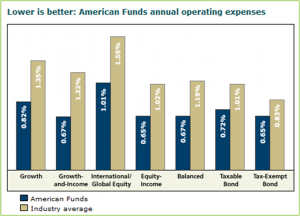Big Changes for Family Offices Ahead
Earlier this week, we visited with numerous family office professionals. At the breakfast, sponsored by Private Asset Management, an expert panel addressed five critical points.
- Mergers are coming – Regulatory improvements will lead to more costs for family offices. Specifically, the changes within Dodd-Frank will create higher compliance costs and therefore facilitate mergers by consolidating compliance staff.
- Purchasing power is paramount – Estate tax changes. Currency devaluations. Capital gains changes. All these issues (and more) have dramatic impact on the clients within family offices. The underlying topic is: how do I maintain purchasing power? For many clients, the wealth enables a lifestyle for numerous trustees. Those trustees may be in different geographies with mixed interest levels in the financial management of their trusts. What they all care about is that their purchasing ability doesn’t decrease.
- Complex stopped selling – The experts discussed how little appetite their clients have for structured products and other complex investments. The clients still desire yield but not at any cost.
- Transparency – Yes; Unique – No – For the foreseeable future, family offices will push investment managers to provide greater transparency. In a post-Madoff world, they remarked, there is little appetite for unique or opaque investment vehicles. Post financial crisis, it’s a different world; clients are not spending time bragging about an exotic investment.
- Education is crucial – Family offices have the unenviable task of providing significant training to young (and soon-to-be) inheritors. The inheritors need to learn about tax planning, long-term investment planning and managing foundations. And a single family may have heirs across five time zones. It’s complex and nuanced without a straightforward solution.
The underlying desire to maintain wealth and purchasing power are simple to comprehend. Executing on those desires is very complex and uncertain.






